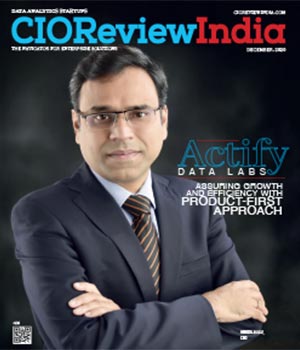
How Big data Technologies In Information Technology Is Influencing Databaase Management And Analysis
CIOReviewIndia Team | Friday, 28 August 2020, 08:33 IST
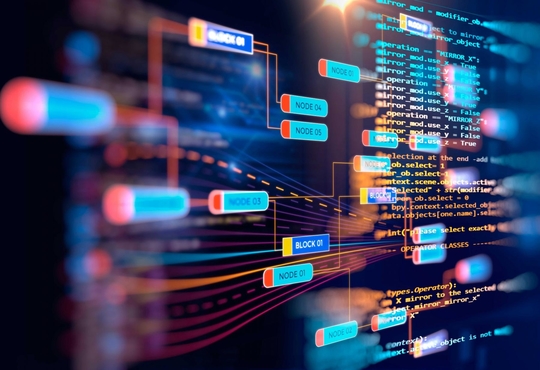 Data Management is collection, identifying, keeping, securing, and processing of data in a smart interference. Several plans and steps get formulated for making an advanced Big data practice, which gives strength and consistency for making business reach the peak.
Data Management is collection, identifying, keeping, securing, and processing of data in a smart interference. Several plans and steps get formulated for making an advanced Big data practice, which gives strength and consistency for making business reach the peak.
For making accurate conventional technologies, the modern era of digital technology is opening doors to Big data technologies.
Types of Big data Technologies
- Big data Technologies In Operations – Giving direction to the generated data everyday on segments like online transactions, social media, or any other data generated by a specific firm, using it for the analysis by Big data technology software. The extracted data is used for feeding the analytical Big data technologies. Operational Big data Technologies are used in multinational companies, online trading, and any purchase done in Amazon, Flipkart, Walmart, online ticket booking for movies, flight, and railways.
- Big data Technologies In Analytics – Big data Technologies in Analytics is harder than in Operations. Scrutinizing Big data making critical business decision falls in this. Stock marketing, weather forecasting, time series analysis, and medical-health records are enclosed in this.
Influence of Big data In The Industry and Information Technology Market
- Artificial Intelligence – Computer science dealing with the design of smart machines get to complete a plethora of tasks which ask for human intelligence intervention is termed Artificial Intelligence. For example, Artificial Intelligence implementation in self-driving cars, or iPhone Siri, with augmented machine learning and deep learning, has given the technology sector a revolutionary paradigm shift. Artificial Intelligence’s major contribution to formulate decisions for accomplishing a goal, has gained imperious appreciation. This technology is implemented in medicinal treatment, patient care, and surgical procedures.
- DataBase (NoSQL) – NoSQL, which is used to develop and design modern applications, a non-relational database delivering method for accumulation and data retrieval, with implementations in real-time web applications and Big data analytics. As storage of massive data happens in NoSQL, the technology traverses designing, horizontal scaling of data in hassle-free process and simplified control over opportunities. Different from the relational databases, the data structures used in NoSQL is faster in computation. NoSQL helps companies like Facebook, Google, and Twitter which deal with a large chunk of data per day.
- R Programming – An open-source project and programming language, R is a free software which is preferably used for statistical computing, data vizualition, in Eclipse and Visual Studio assistance communication. Programmers state that it is a prominent language in the world used by data miners and statisticians. The application of R Programming has heavily dwelled in software and data analytics.
- Data Lakes – Stockpiling all formats of data – structured and unstructured data of any scale, accumulation of data, saving it not by transforming it to any structured form, implementation of various data analytics from dashboard and data visualization, Big data transformation, real-time data analytics, and machine learning for making businesses better. Data Lake is used by organizations for analysing data for machine learning in log files, data from social media, and click-streams, IoT devices. Businesses realize data in a better way for making rapid progress in customer engagement, production, and decisions.
- Predictive Analytics – It is a branch of Big data analytics, which is used for determining upcoming behavior using existing data. Predictive Analytics uses machine learning technologies, data mining and statistical modeling, and mathematical models. Predictive Analytics gives the expected conclusions accurately. Tools and predictive analytics models give businesses the advantage of extracting data and behaviour that can take place at a certain time. Customer buying trends is one such example.
- Apache Spark – The fastest and mostly used data extractor for Big data transformation is Apache Spark. Python, R, Scala and Java are supported by Apache Spark. It has built-in technology for streaming, SQL, machine learning, and support for graph processing. Hadoop uses Apache Spark for storing and processing data.
- Prescriptive Analysis – Through this analysis, companies get to know the ‘how’ for achieving a particular result within the timeframe. Prescriptive analytics helps in finding different factors responsible for profitable outcomes when a market change happens, providing the best solution for customer engagement and satisfaction, business profits and operation efficacy.
- In-Memory Database - It is the main memory of a computer (RAM), which is controlled by in-memory database management system. Disk drives stores conventional databases. When considered, conventional database management system configures disk controlled databases. In-Memory databases help in achieving fast operations without the involvement of disk accession.
- Blockchain – It is a proclaimed database technology involved in Bitcoin digital currency, providing data security. The technology removes any deletion or changes. Using this technology, companies using Big data, like companies in the segment of banking, finance, insurance and healthcare, and retailing get their data secured strongly.
As, Unnikrishnan Nair, VP & Head of Information Management, Philips, citing the importance of Big Data, says, ”Every interaction with the consumers is critical for the future connected enterprises. Whether it is listening via the product feature usage and experience or listening via social media on brand sentiments, future enterprises should have capability to process huge amounts of structured and unstructured data to derive meaningful insights and associated responses. Google, Amazon, Flipkart and facebook are leading the way here.”
Data is the driving force behind the rapid development of the information technology sector. Big data technology is increasing its horizon into newer technologies, making work easy.
CIO Viewpoint
Accept Data as an Entity on Balance sheet
By Akshey Gupta, Chief Data Officer, Bandhan Bank
Technology Forecast And Concern In 2020
By Anil Kumar Ranjan, Head IT, Macawber Beekay Private Limited
Data Analytics For Enhanced Productivity And...
By Krishnakumar Madhavan, Head IT, KLA
CXO Insights
Regulatory Implications and Data Protection:...
By Richa Singh
Data-Driven Predictive Technologies
By Pankaj Parimal, Head of Launch & Change Management, Hella Automotive Mexico, S.A. de C.V., Mexico, North America.
5 Mantras That Can Drive Organizations Towards...


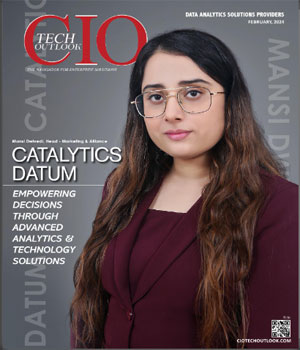
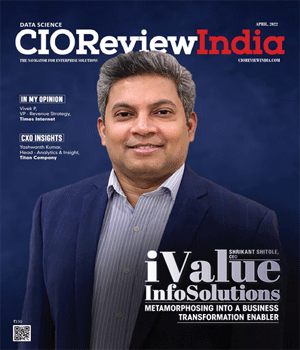
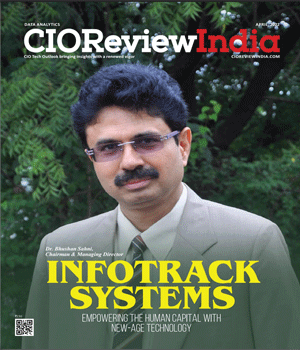
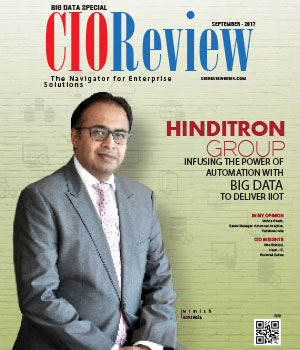

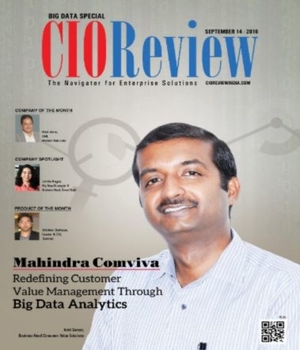
.jpg)
.jpg)
